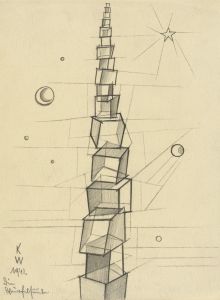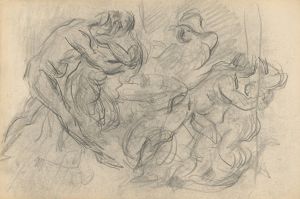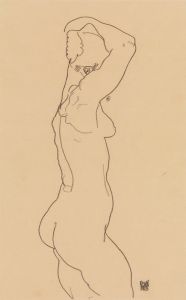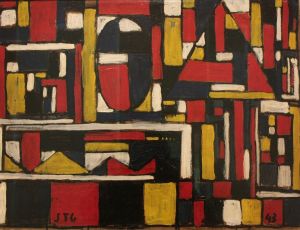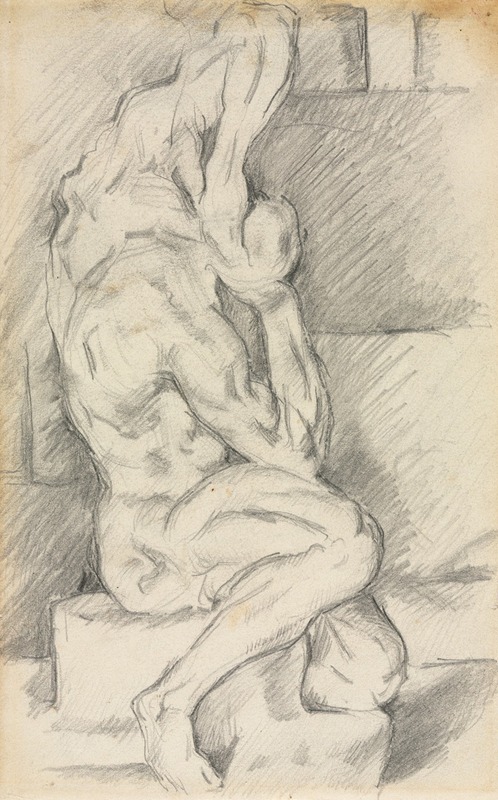
Sketch of Anatomical Sculpture
A hand-painted replica of Paul Cézanne’s masterpiece Sketch of Anatomical Sculpture, meticulously crafted by professional artists to capture the true essence of the original. Each piece is created with museum-quality canvas and rare mineral pigments, carefully painted by experienced artists with delicate brushstrokes and rich, layered colors to perfectly recreate the texture of the original artwork. Unlike machine-printed reproductions, this hand-painted version brings the painting to life, infused with the artist’s emotions and skill in every stroke. Whether for personal collection or home decoration, it instantly elevates the artistic atmosphere of any space.
Paul Cézanne, a pivotal figure in the transition from 19th-century Impressionism to 20th-century Cubism, is renowned for his unique approach to form and color. One of his lesser-known works, "Sketch of Anatomical Sculpture," exemplifies his interest in the human form and his meticulous study of anatomy.
"Sketch of Anatomical Sculpture" is a drawing that reflects Cézanne's dedication to understanding the structure and mechanics of the human body. Although specific details about the creation date and the exact medium used for this sketch are not widely documented, it is known that Cézanne often engaged in studies of classical sculptures and anatomical figures as part of his artistic practice. This sketch likely served as a preparatory work or an exercise in mastering the complexities of human anatomy.
Cézanne's approach to this sketch would have been influenced by his broader artistic goals. He sought to capture the underlying geometric shapes and volumes that constitute the human form, a pursuit that would later influence the development of Cubism. His method involved breaking down the body into basic shapes, such as cylinders, spheres, and cones, to better understand how light and shadow interact with these forms.
The sketch itself is characterized by its precise lines and careful attention to detail. Cézanne's use of line work demonstrates his focus on the contours and musculature of the human figure. This attention to anatomical accuracy reflects the influence of classical art education, which emphasized the importance of studying the human body to achieve realistic representations in art.
Cézanne's interest in anatomy was not merely academic; it was deeply connected to his broader artistic philosophy. He believed that understanding the structure of the human body was essential for creating art that was both truthful and expressive. This belief is evident in "Sketch of Anatomical Sculpture," where the careful rendering of the figure's anatomy suggests a deep engagement with the subject matter.
While "Sketch of Anatomical Sculpture" may not be as widely recognized as some of Cézanne's other works, it provides valuable insight into his artistic process and his commitment to mastering the fundamentals of drawing. This sketch, like many of his studies, reveals the rigorous discipline that underpinned his more famous paintings.
In summary, "Sketch of Anatomical Sculpture" by Paul Cézanne is a testament to the artist's dedication to understanding the human form. Through precise line work and a focus on anatomical accuracy, Cézanne's sketch reflects his broader artistic goals and his influence on the development of modern art. Although specific details about the sketch are limited, its significance lies in its demonstration of Cézanne's meticulous study and his contribution to the evolution of artistic techniques.





